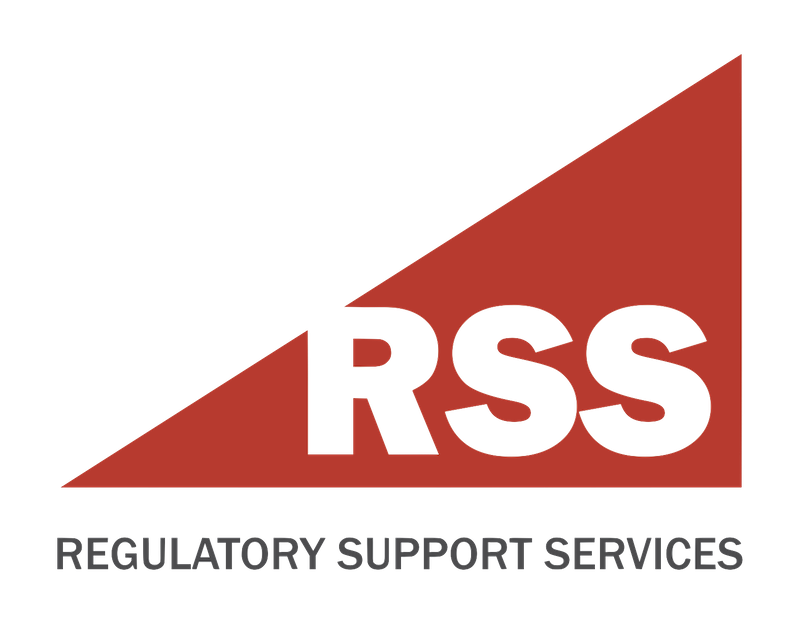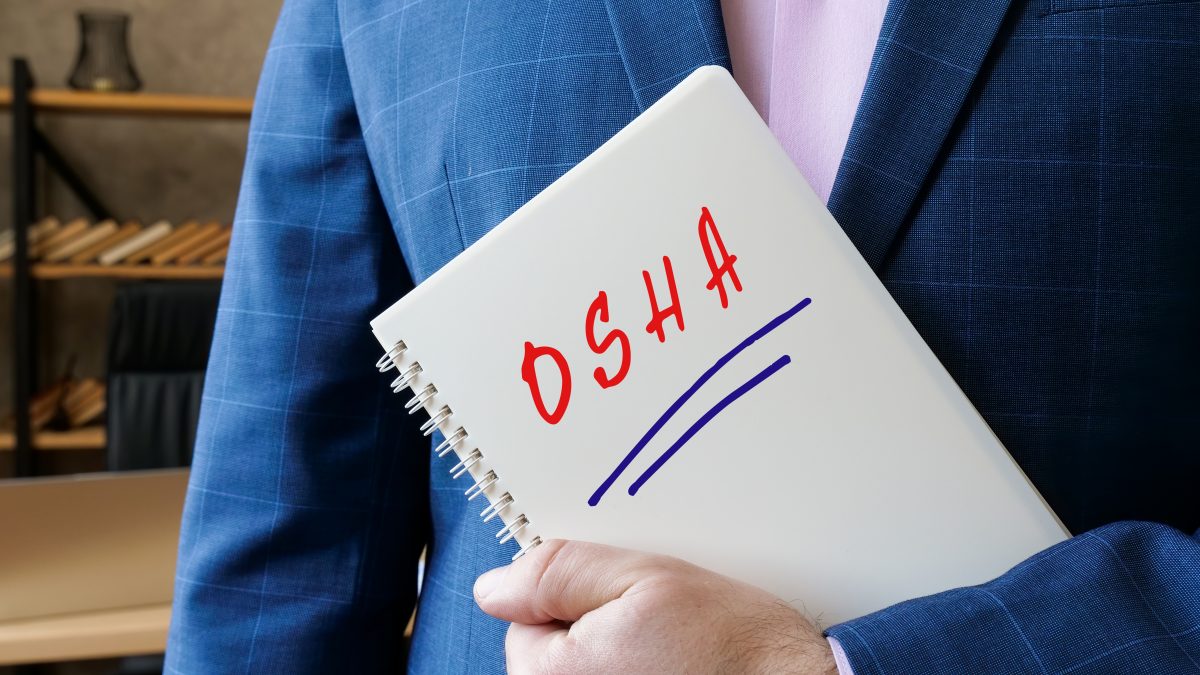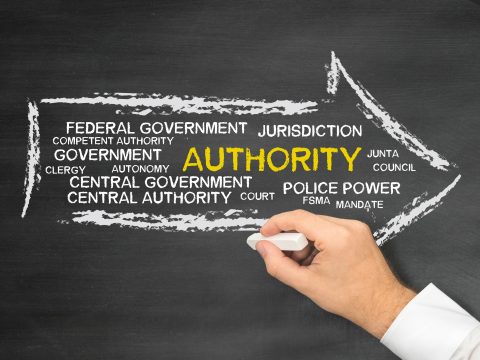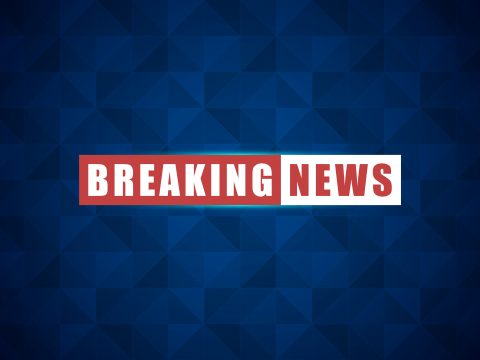- Have any questions?
- 804-784-7347
- mail@regulatorysupportservices.com
Time to Update Your Workplace Policies: New Enforcement Plan from OSHA

What Are the Possibilities?
August 6, 2021
Updated OSHA Workplace Guidance Aligns with CDC Recommendations
August 20, 2021OSHA’s Acting Director of Enforcement recently sent an Updated Interim Enforcement Plan for COVID-19 to its Area Offices and Compliance Safety and Health Officers (CSHOs). This plan is designed to provide guidance to the Compliance Safety and Health Officers to assist them in knowing how to enforce the OSHA requirements set by statute and regulations. This guidance does not create additional employer obligations. It is directed to the CSHOs. However, you, as an employer benefit greatly from an understanding of how the enforcement officers are instructed to view specific scenarios in the workplace so that you may properly prepare your business for any potential inspections.
This Updated Interim Enforcement Response Plan replaces the previous plan in its entirety and specifically addresses non-healthcare workplaces that are not covered by OSHA’s June 21, 2021, Emergency Temporary Standard for COVID-19 – which applies narrowly to healthcare services and healthcare support services.
What changes?
The Updated Interim Enforcement Plan outlines that the previous policy changes regarding enforcement discretion for periodic respiratory protection equipment shortages and associated constraints (i.e., fit-testing supplies and provision of related services) during the COVID-19 pandemic are changed. OSHA will cease to exercise enforcement discretion for temporary noncompliance with the Respiratory Protection standard based on employers’ claims of supply shortages due to the COVID-19 pandemic. Because there are no longer shortages of filtering facepiece respirators (FFR) like N95s, the enforcement discretion policy has been modified. The equivalent respiratory protection provisions of other health standards are to be strictly enforced and the issuance of OSHA’s respiratory protection enforcement discretion memoranda no longer exists. Other changes include:
- OSHA will continue to implement the U.S. Department of Labor’s (DOL) COVID-19 Workplace Safety Plan(most recently updated August 9th, 2021) to reduce the risk of COVID-19 transmission to CSHOs during inspections, and recommend following current COVID-19 guidelines from the Centers for Disease Control and Prevention (CDC).
- OSHA will continue using the revised National Emphasis Program (NEP) for COVID-19, DIR 2021-03 (CPL 03), to prioritize COVID-19-related inspections involving deaths or multiple hospitalizations due to occupational exposures to SARS-CoV-2, to conduct follow-up inspections, and to target high hazard industries. Remember, the NEP focuses on ensuring that workers are also protected from retaliation for reporting noncompliance. ( OSHA developed and implemented a National Emphasis Program for COVID-19, DIR 2021-01 (CPL-03), on March 12, 2021, to ensure that employees in high hazard industries or work tasks are protected from occupational exposures to SARS-CoV-2).
- Worker protections in non-healthcare industries will be focused on employees who are unvaccinated or not fully vaccinated, including whether such employees are working indoors or outdoors.
- When conducting inspections, the following apply:
- OSHA will perform onsite COVID-19 inspections, in most cases.
- OSHA will, when appropriate, use phone and video conferencing, in lieu of face-to-face employee interviews, to reduce potential exposures to CSHOs. In instances where it is necessary and safe to do so, in-person interviews will be conducted.
- OSHA will minimize in-person meetings with employers if necessary and encourage employers to provide documents and other data electronically or by mail to CSHOs.
- To the extent possible, all inspections will be conducted in a manner to achieve expeditious issuance of COVID-19-related citations and abatement.
- The Office of Occupational Medicine and Nursing can also facilitate Medical Access Orders, which are necessary to obtain worker medical records or proof of worker vaccination status from employers and healthcare providers.
In advance of any potential OSHA inspection, make sure you understand how the inspector will be viewing your workplace. Prepare accordingly and take this time to make any modifications to your business policies or procedures in accordance with this new enforcement plan.




